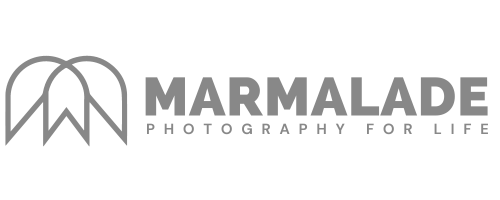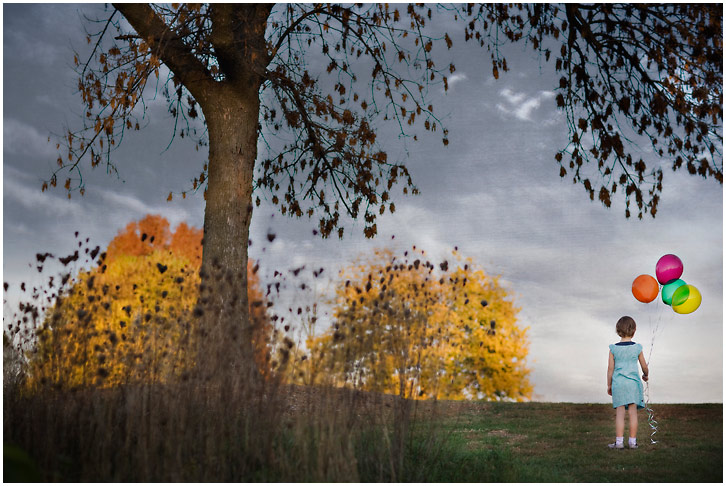Contact Marmalade Photography
We produce high quality image art for all of our clients. If you're interested in working with us we are available for sessions on location throughout Chicagoland. We also offer Marmalade Location sessions in our home area in the SW Suburbs of Chicago.
We are often booked several weeks in advance especially during our peak seasons (spring, summer and fall). Session fees start at $195 for weekday sessions @ our Marmalade Locations or $295 for weekday sessions on location in Metro Chicagoland. Weekend sessions are available for an add'l $60.
Prints are a separate purchase and start at $45. Collection pricing starts at $795. Please call us: 815.603.8450 with any questions. We look forward to hearing from you!

About Marianne
Since 2005 I have been in the business of creating tangible memories but the truth is that I have been a photographer "forever". I was about 6 when I first held my brother Matt's (heavy) Canon AE-1's viewfinder up to my face, I the heft of the camera heavy in my hands & the strap scratching the back of my neck. I remember seeing the world through that viewfinder rectangle for the very first time.
For a number of years I worked as an RN in the critical care setting and at some point I had a realization that while I loved the connection nursing allowed me to have with others, I wanted more to contribute beauty and love to their existence. Some of my favorite patient families would bring photos in for their loved ones - visual reminders that the patient lying in bed is a human being, struggling at the moment but in reality this person is a loving parent, a doting grandparent, a wonderful wife or husband, someone's best friend. Those photos personalized my experience with my patients. It is because of these experiences that I continue to grasp to UNDERSTAND the meaning of this life. My belief is that the meaning lies in the connection between us all, relationships, after all, are the only thing we leave on this earth with any real meaning.
In 2005 when I finally took the leap and started Marmalade Photography it was based upon a single vision: fun, beautiful and quality photos for Chicago area families and children that speak to who they are as a character in the plot of their lives and who they are in the connectedness of this life.
My ten years photographing people of varying ages is of benefit to you: I offer a full service photography experience and have the expertise to create art you will love for your home. I love to help clients design wall galleries, provide custom created beautiful albums and art pieces. I have even been commissioned to create images as large as 10 feet in length. High touch, high quality, there is no other way to do it.
While I do live, breathe & eat photography obviously I am not just Marmalade Photography. I am also a wife…a mom to Maddie & Lauren who inspire me every day in so many ways…I am a historian and a friend…a gardener (who can't keep indoor plants but I have a green thumb if it grows outside)…funny…fun loving…serious…in fact you & I may have a lot in common…I would love to get to know you through that rectangle & tell your families' story for you.
Search
Recent Comments
Recent Pinterest Action
©2005-2015 Marmalade Photography ♥ 815.603.8450|ProPhoto Website















































































































































































































































.jpg)








